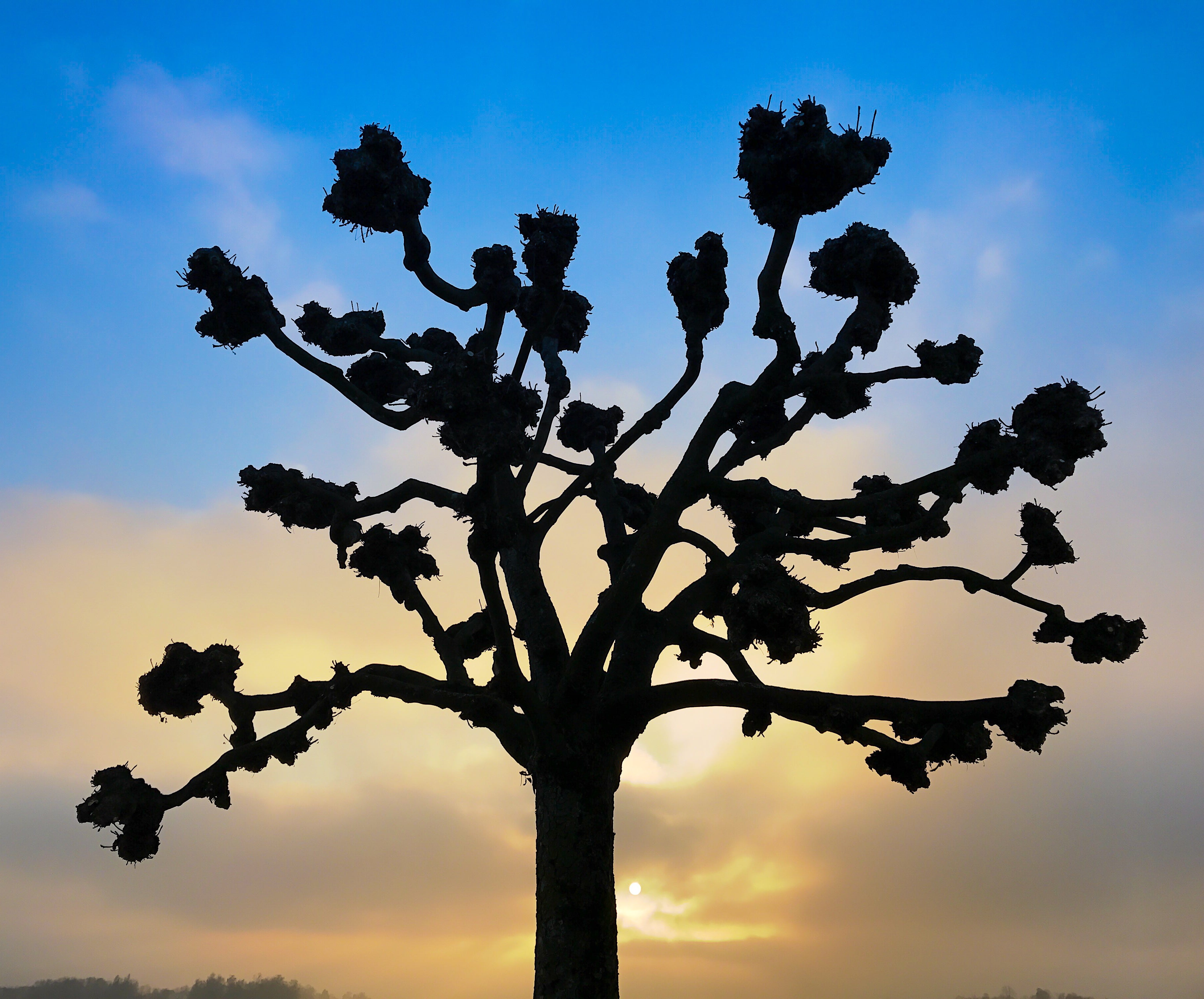Sycamore Tree Pruning – When To Prune Sycamore Trees


Having a sycamore tree in your yard can be a great joy. These majestic trees can grow quite large, up to 90 feet (27 m.) tall and nearly as wide, providing shade or a grand focal point. Although generally low maintenance and easy to grow, pruning sycamore trees is necessary for optimal health and shape.
When to Prune Sycamore Trees
It isn’t absolutely necessary to prune your sycamore, but there are some good reasons to do it. Pruning can help you shape the tree to look a certain way. As a city street tree, a heavy type of pruning called pollarding is used to keep sycamore trees smaller and with a dense canopy. Lighter pruning can be done for a degree of the same effect, but also to thin the canopy and to allow more air circulation to keep the tree healthy and disease free. The best time of year for sycamore tree pruning, if you’re game to try it, is while the tree is dormant. Late autumn through winter is a good time to tackle a pruning job but be sure to wait for a few days in which you know the weather will be dry. Dampness and rain can attract pests to your tree.
How to Prune a Sycamore
Start your pruning session with a plan for approximately how much you want to remove and the overall shape you want to create. You can prune simply to thin a little and remove dead branches, or you can prune more extensively to shape the tree. If the former is your goal, attack and remove any dead or diseased-looking branches, and then remove overlapping branches to create more space and air flow between larger branches. When pruning sycamore trees for shaping, remove dead and diseased branches first and then begin to shape. Follow the natural shape of the tree, which for a sycamore is generally a rounded umbrella shape. Cut larger branches close to the trunk to promote the formation of a healthy callus. Take regular steps back to view the tree from all angles and to ensure you are getting the shape you want. Cutting back a sycamore through pollarding is often done in ornamental gardens and along city streets. It involves cutting back most of the main branches to a joint, at which a knobby callus will form. The result is an artistic, knobby appearance for the winter. In the spring, new shoots sprout from the knobs, resulting in a dense, compact, and smaller canopy. Pollarding is never necessary for the tree’s health, and it requires some skill, so seek out an expert if you want to try it. Basic, regular pruning for your sycamore is all it really needs to stay healthy and maintain an attractive shape.
Sign up for the Gardening Know How newsletter today and receive a free copy of our e-book "How to Grow Delicious Tomatoes".

Mary Ellen Ellis has been gardening for over 20 years. With degrees in Chemistry and Biology, Mary Ellen's specialties are flowers, native plants, and herbs.